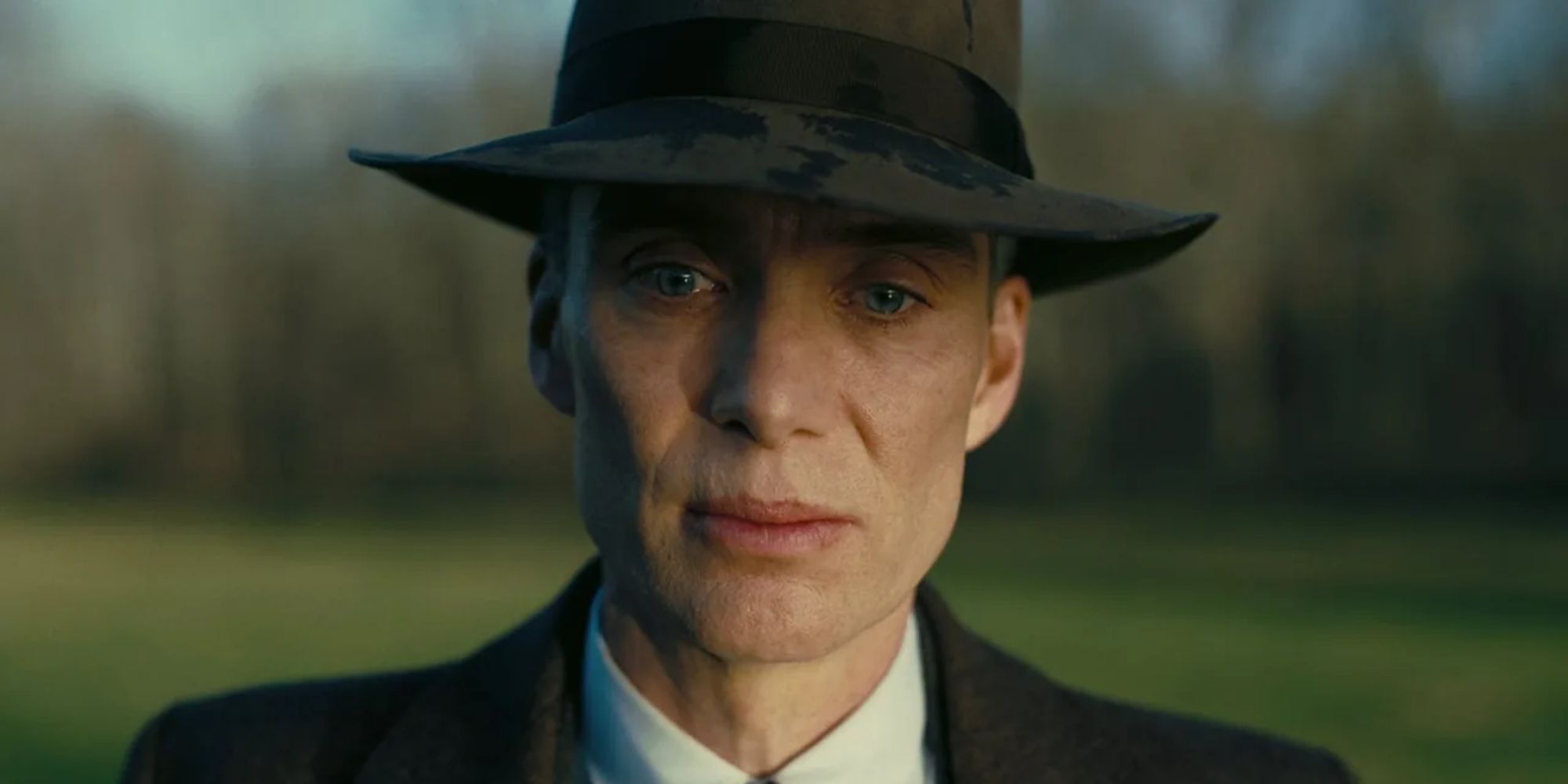Christopher Nolan’s latest film, Oppenheimer, demonstrates his passion for filmmaking and practicality. It is arguably his most visually stunning work to date, thanks to the collaboration with cinematographer Hoyte van Hoytema. Over the course of four films, Nolan and van Hoytema have utilized real film and the IMAX format. However, Oppenheimer required a different approach, with intimate shots and intense depth of field, leading to the development of special lenses for IMAX cameras. The film’s visual effects were achieved through practical means, without the use of CGI. For instance, the filmmakers conducted science experiments, capturing molded metal, silver particles in aquariums, and micro explosions of balloons to create captivating scenes such as the Trinity Test reconstruction. Christopher Nolan is known for pushing boundaries in his filmmaking. He is not only a trendsetter but also a champion of practicality, with a deep love for the art of film. Oppenheimer stands out as Nolan’s masterpiece, beautifully capturing the story of the theoretical physicist involved in the creation of nuclear weapons. This achievement can be largely attributed to his collaboration with cinematographer Hoyte van Hoytema. After Wally Pfister, Nolan’s long-term partner, decided to pursue directing, Van Hoytema joined the team with their first collaboration on Interstellar. Since then, they have worked together on Dunkirk and Tenet. Nolan prefers shooting with real film and utilizing the IMAX format over digital technology. The IMAX cameras are notoriously large and challenging to work with but were modified for Oppenheimer. Originally designed for wide-angled shots in documentaries, IMAX screens were not suited for the intimate, close-up shots with intense depth of field that Oppenheimer required. To tackle this issue, van Hoytema and his team engineered specific lenses for the IMAX camera. In an interview with Collider’s Steve Weintraub, van Hoytema explained the process of creating these lenses to achieve the desired level of intimacy during filming. Additionally, Nolan revealed that Kodak granted him the opportunity to shoot the film in IMAX black and white, marking a groundbreaking shift in IMAX filmmaking. Despite their desire to shoot the film entirely in IMAX, the team realized that microphotography on the IMAX format posed challenges. This realization prompted the development of probe lenses, which were unprecedented in the IMAX realm. Panavision’s Dan Sasaki built these lenses specifically for Oppenheimer, and extensive experimentation was done to refine and fine-tune their performance. The lenses were primarily used for filming aquariums, micro work, and macro work, creating exciting and visually stunning scenes. Another standout aspect of Oppenheimer is the absence of CGI shots. Nolan has always been vocal about his preference for practical effects, and Oppenheimer is no exception. Weintraub asked van Hoytema about working alongside the visual effects team to bring Nolan’s vision to life. One particularly remarkable scene is the Trinity Test reconstruction, which had to be filmed up close due to the lack of computer-assisted effects. Instead of succumbing to the temptation to build an actual nuclear bomb, the filmmakers conducted various experiments, filming molded metal, silver particles in aquariums, and exploding balloons until they achieved the desired effect. The result is truly remarkable and unforgettable. Van Hoytema described the visual effects department as a tent next to the set, where they conducted science experiments. The team filmed a range of tactile physics experiments with different cameras and ultimately combined them to portray quantum physics, particle physics, atomic collisions, and immense nuclear explosions. Oppenheimer is currently playing in theaters and IMAX, showcasing its grandeur and creativity. To experience the film in its full glory, find your nearest IMAX theater. For more insights from cinematographer Hoyte van Hoytema, watch the complete interview below.
Denial of responsibility! TechCodex is an automatic aggregator of the all world’s media. In each content, the hyperlink to the primary source is specified. All trademarks belong to their rightful owners, and all materials to their authors. For any complaint, please reach us at – [email protected]. We will take necessary action within 24 hours.
Khushi Patel is a science fiction author who lives in Austin, Texas. She has published three novels, and her work has been praised for its originality and imagination. Khushi is a graduate of Rice University, and she has worked as a software engineer. She is a member of the Science Fiction Writers of America, and her books have been nominated for several awards.


